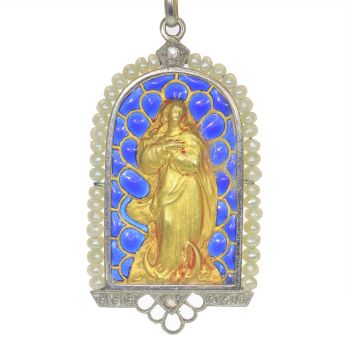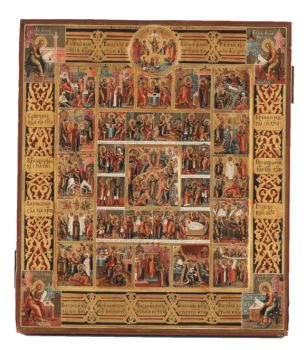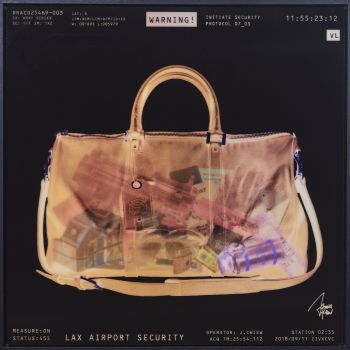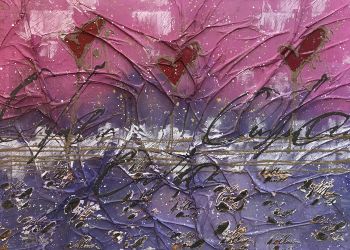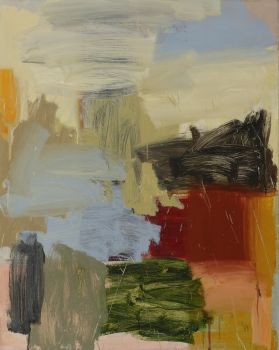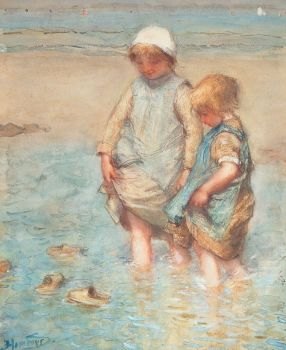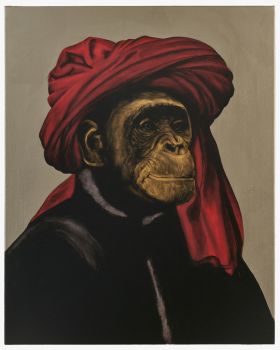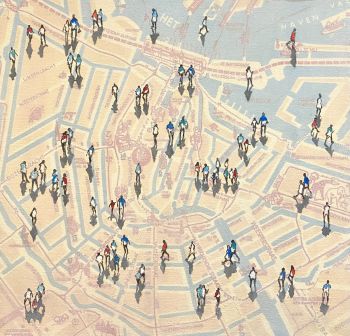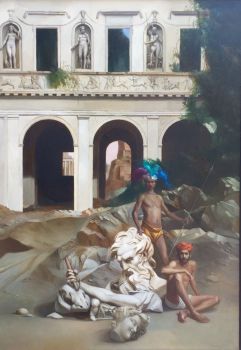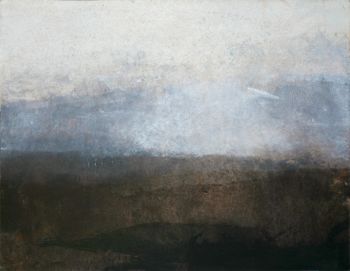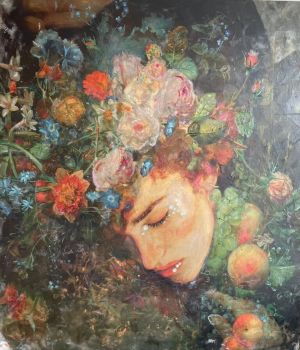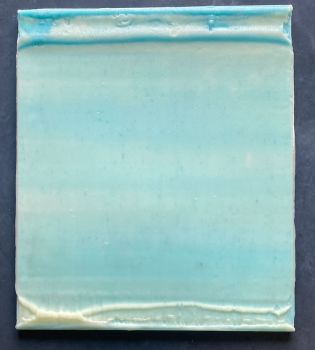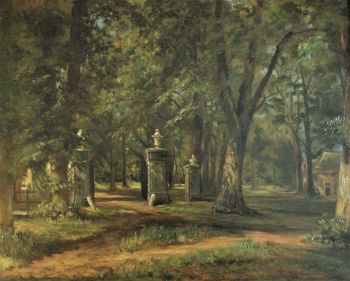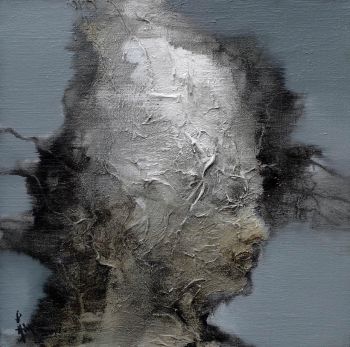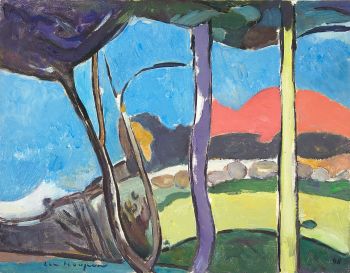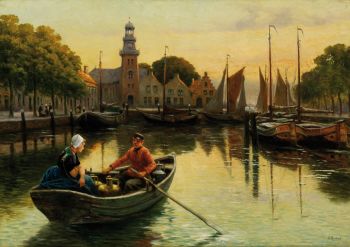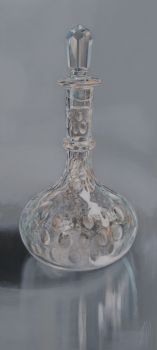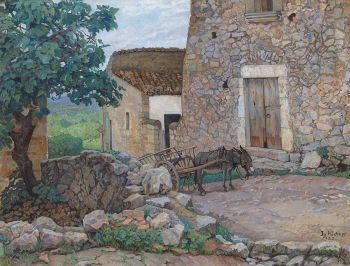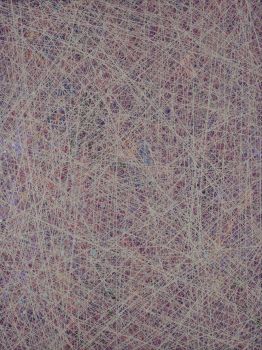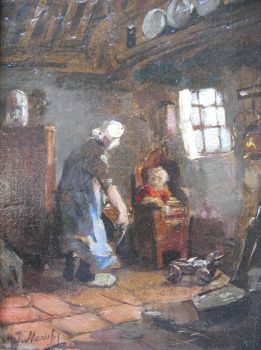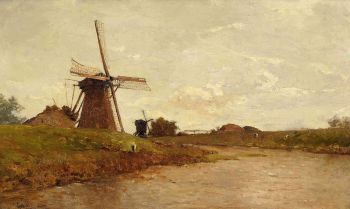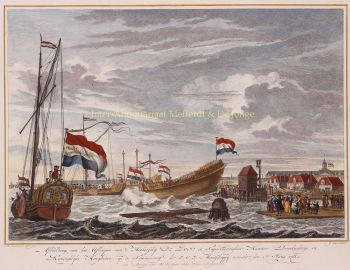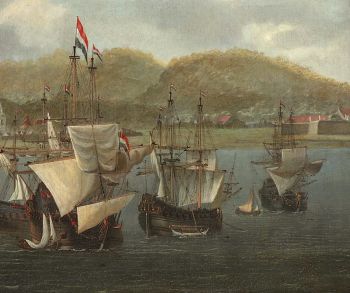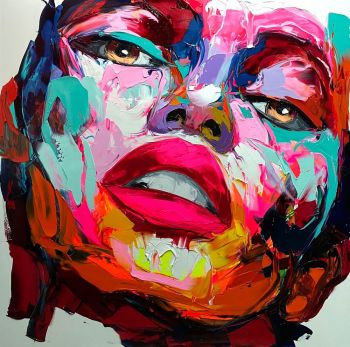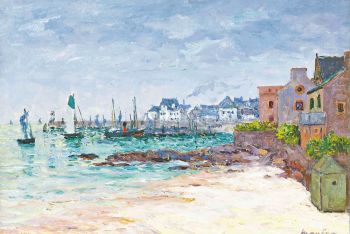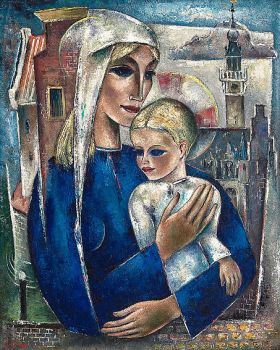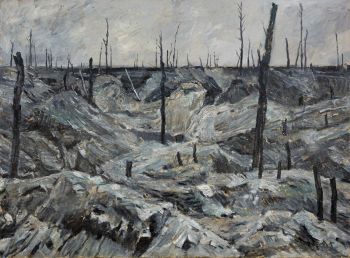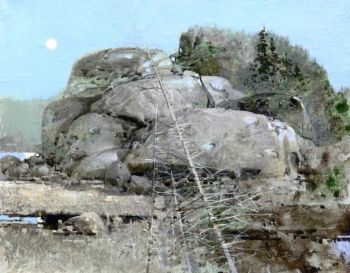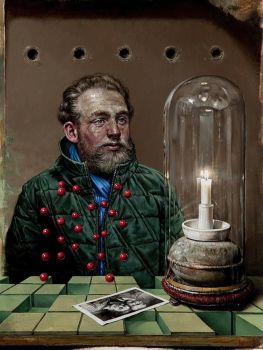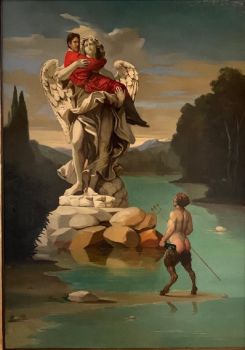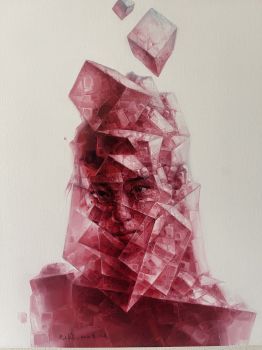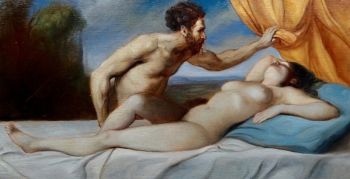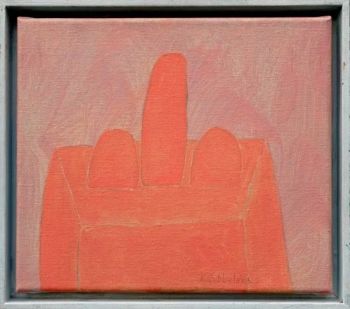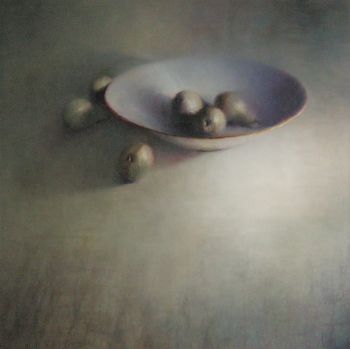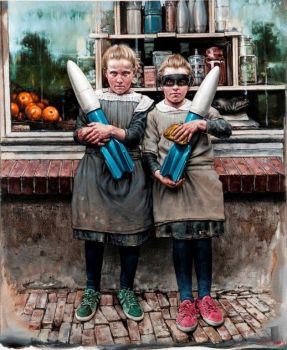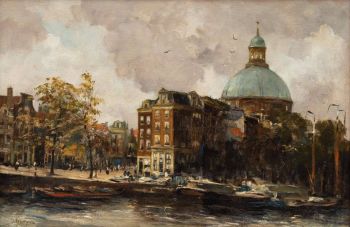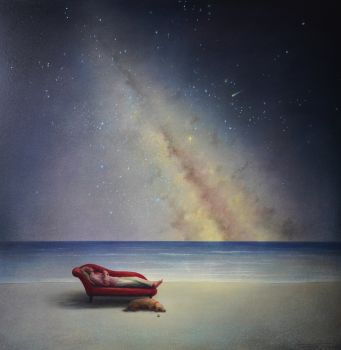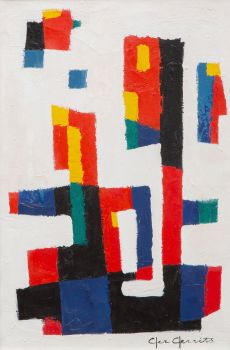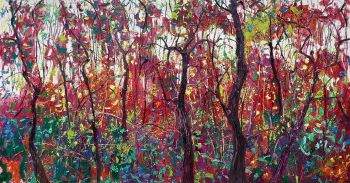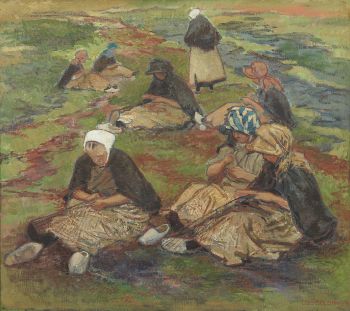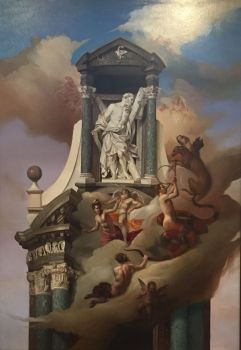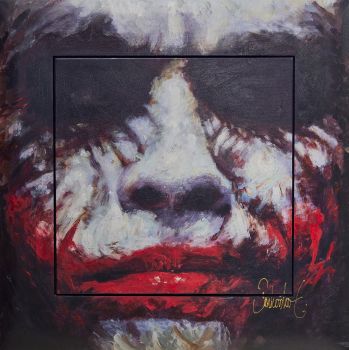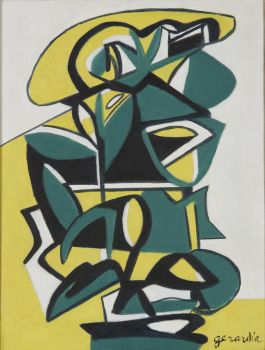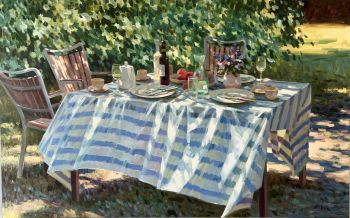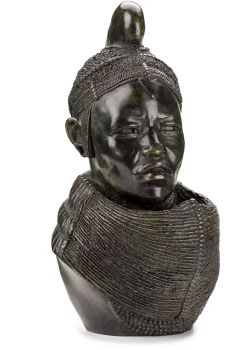Portrait of Hendrik Brouwer (c. 1581-1642), Governor-General of the former Dutch East-Indies 1650 - 1700
Artista Desconhecido
Óleo sobre tela original
33 ⨯ 24 cm
Preço em pedido
Zebregs & Röell - Fine Art - Antiques
- Sobre arteTitled ‘Hendrik Brouwer Gouvr. Generl. van India’ and annotated at the reverse 1640 Holl. Ausstellung Lenzburg 1934, Katalog
Oil on panel, H. 33 x W. 24.6 cm
Hendrik Brouwer was born in circa 1581, somewhere in the Spanish Netherlands. He moved to Amsterdam at a young age, where he served six years as an apprentice to Leonard van Raey, an Amsterdam merchant, for whom he made journeys to Spain, Portugal and possibly the Dutch East Indies. In 1610 Brouwer sailed to the East Indies as commander of a fleet of three ships. On his initiative, he explored the Southern route, from Cape of Good Hope to the East, turning North to Java almost as far as the west coast of Australia. This route was so much quicker that the Heeren XVII, the VOC directors in the Netherlands, decided that this would be the route to Batavia (Jakarta) from then on.
In Batavia, he didn’t get on very well with Governor-General Pieter Both, who sent him as Opperhoofd or Chief-Merchant to the VOC trade post in Japan, Hirado, in 1613. Brouwer made a court journey to Edo to pay respect to the Shogun and bring him the customary gifts such as telescopes, guns, globes and books on European science and shipbuilding. In 1613 Brouwer established the first Dutch trade post in Siam.
He returned to Amsterdam in 1617, where he became one of the directors of the VOC. In 1632 he accepted, for three years, the post of Governor-General in Batavia. In 1641 Brouwer was back in Amsterdam but apparently out of favour
with the Directors of the VOC, as he was now appointed Governor-General of the WIC, the Dutch West India Company. The position was not bad, if he had not been commanded to sail out to conquer the Spanish silver mines in Peru. During the magnanimous but unsuccessful attempt, Brouwer died in 1642 in front of the coast of Chili at Puerto Inglés. - Sobre artista
Pode acontecer que um artista ou criador seja desconhecido.
Algumas obras não devem ser determinadas por quem são feitas ou são feitas por (um grupo de) artesãos. Exemplos são estátuas dos tempos antigos, móveis, espelhos ou assinaturas que não são claras ou legíveis, mas também algumas obras não são assinadas.
Além disso, você pode encontrar a seguinte descrição:
•"Atribuído a …." Na opinião deles, provavelmente uma obra do artista, pelo menos em parte
• “Estúdio de…” ou “Oficina de” Em sua opinião um trabalho executado no estúdio ou oficina do artista, possivelmente sob sua supervisão
• "Círculo de ..." Na opinião deles, uma obra da época do artista mostrando sua influência, intimamente associada ao artista, mas não necessariamente seu aluno
•“Estilo de…” ou “Seguidor de…” Na opinião deles, um trabalho executado no estilo do artista, mas não necessariamente por um aluno; pode ser contemporâneo ou quase contemporâneo
• "Maneira de ..." Na opinião deles, uma obra no estilo do artista, mas de data posterior
•"Depois …." Na opinião deles uma cópia (de qualquer data) de uma obra do artista
• “Assinado…”, “Datado…” ou “Inscrito” Na opinião deles, a obra foi assinada/datada/inscrita pelo artista. A adição de um ponto de interrogação indica um elemento de dúvida
• "Com assinatura ….”, “Com data ….”, “Com inscrição ….” ou “Tem assinatura/data/inscrição” na opinião deles a assinatura/data/inscrição foi adicionada por outra pessoa que não o artista
Você está interessado em comprar esta obra de arte?
Artwork details
Related artworks
Artista Desconhecido
UITGEBREIDE FEESTDAGENIKOON MET PASSIECYCLUS19th century
Preço em pedidoHeutink Ikonen
1 - 4 / 12- 1 - 4 / 24
Artista Desconhecido
Holandeses em miniatura (Netsuke)1700 - 1900
Preço em pedidoZebregs & Röell - Fine Art - Antiques
Artista Desconhecido
UM MODELO JAPONÊS DE UM NORIMONO, UM PALANQUIM1650 - 1700
Preço em pedidoZebregs & Röell - Fine Art - Antiques
Artista Desconhecido
Holandeses em miniatura18th century
Preço em pedidoZebregs & Röell - Fine Art - Antiques
1 - 4 / 24 Com curadoria de
Com curadoria deGallerease Magazine
 Com curadoria de
Com curadoria deDanny Bree
1 - 4 / 24- 1 - 4 / 12











